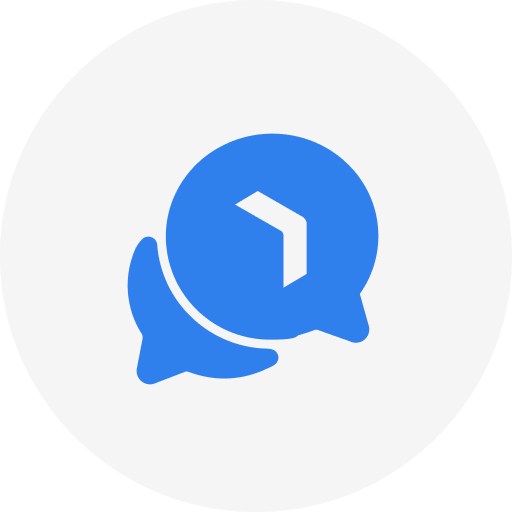By making call analysis much more thorough and accurate, and at the same time, much less labor-intensive, contact center voice analytics solutions help contact centers better understand and improve an array of different aspects of their business. These can include areas such as customer experience, quality assurance, employee training and coaching, compliance, and many more.

Hello, what can we help you with?
For assistance, please contact our support team:
Call us at +420 222 554 112 (EMEA) or +1 (615) 224-3414 (Americas) or email us at helpdesk@eleveo.com (EMEA) or ushelpdesk@eleveo.com (Americas).
Great! Our Sales Team is here to help.
You can reach us by calling: +420 222 554 112 (EMEA) or (615) 224-3414 (Americas) or emailing us at sales@eleveo.com.
No problem! Our Marketing Team will be happy to assist you.
You can reach us at marketing@eleveo.com.

